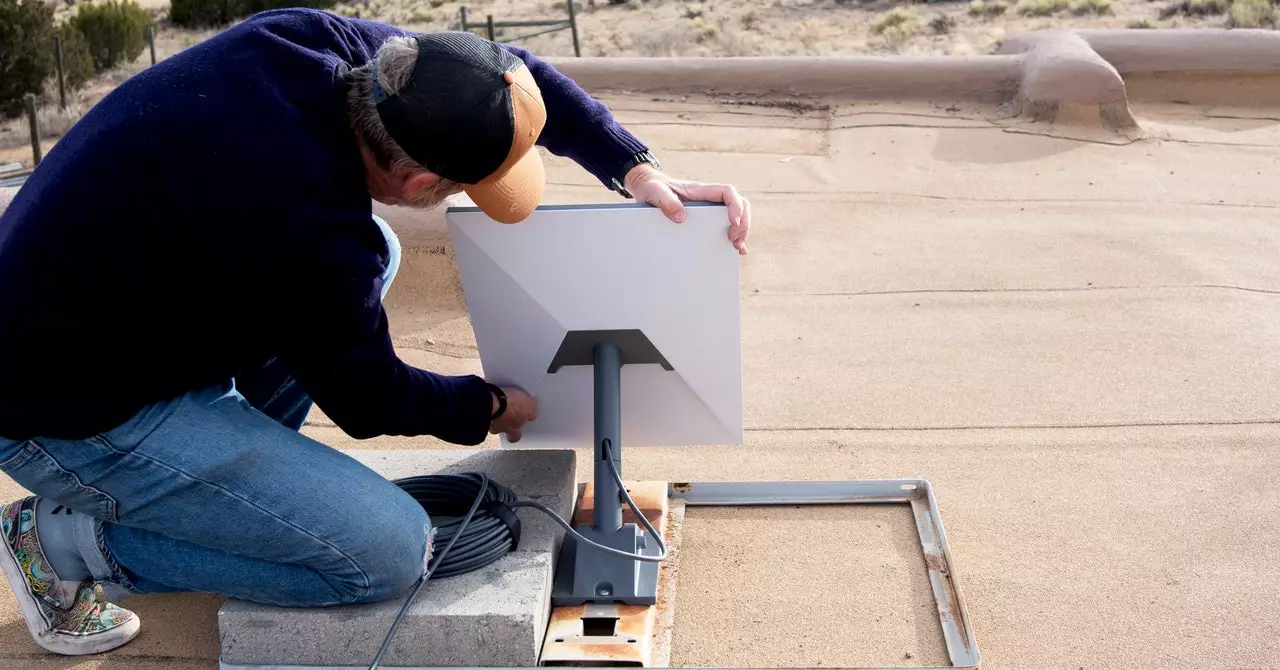SpaceX, the pioneering aerospace company led by CEO Elon Musk, is on the verge of transforming global internet connectivity with its latest venture: enhancements to its Starlink satellite system. Recently, SpaceX filed an application with the U.S. Federal Communications Commission (FCC) aimed at securing approval for a series of modifications that promise to deliver gigabit-per-second broadband speeds. This move responds to an urgent need for widespread, high-speed internet access, especially for underserved populations both in the United States and worldwide.
SpaceX’s proposal outlines crucial changes to the orbital configuration and operational standards of its next-generation satellites, dubbed Gen2. The company asserts that these updates will not only enhance the performance of its broadband network but also promote sustainability in space—a growing concern as more satellites populate Earth’s orbit. Specifically, SpaceX intends to reduce the operational altitudes of its satellites, which range from 525 km to 530 km, down to 480 km to 475 km. This strategic alteration aims to increase the number of orbital planes and the satellites per plane, maximizing the efficiency of the satellite constellation while adhering to a predetermined cap of 29,988 second-generation satellites.
Expectations vs. Reality: The Challenge of Delivering on Promises
SpaceX’s aspirations for the Gen2 system echo prior commitments made in 2016, when the company first unveiled plans for Starlink. Back then, ambitious claims of providing high bandwidth—up to 1 Gbps per user—were coupled with expectations of low-latency services for consumers and businesses. However, as of 2024, practicality appears to have tempered those original projections. Starlink users currently report gradual speeds averaging between 25 and 220 Mbps, with most achieving over 100 Mbps and experiencing latency ranging from 25 to 60 milliseconds. These numbers, though improved from traditional broadband experiences in rural areas, highlight a gap between what was promised and what is currently being delivered.
Obtaining FCC approval for the requested modifications is crucial for SpaceX’s competitive edge in the rapidly evolving telecommunications landscape. The proposed adjustments include lowering the minimum elevation angle for satellites, allowing for improved network performance, particularly at altitudes between 400 and 500 kilometers. These regulatory challenges underscore the complexities of expanding high-speed internet access in compliance with existing laws while also addressing the pressing demand for advanced connectivity solutions.
SpaceX’s revisions to the Starlink initiative encapsulate a bold vision for a more connected globe. If successful, the Gen2 satellite configuration could herald a new era of internet access, particularly for those residing in remote or underprivileged areas. However, the company must navigate both technical and regulatory hurdles deftly to realize its vision. The world watches closely, as SpaceX’s ambitious steps may redefine our expectations of global internet connectivity. The question remains: can SpaceX bridge the gap between its visionary promises and tangible delivery? Only time will reveal the answer.

